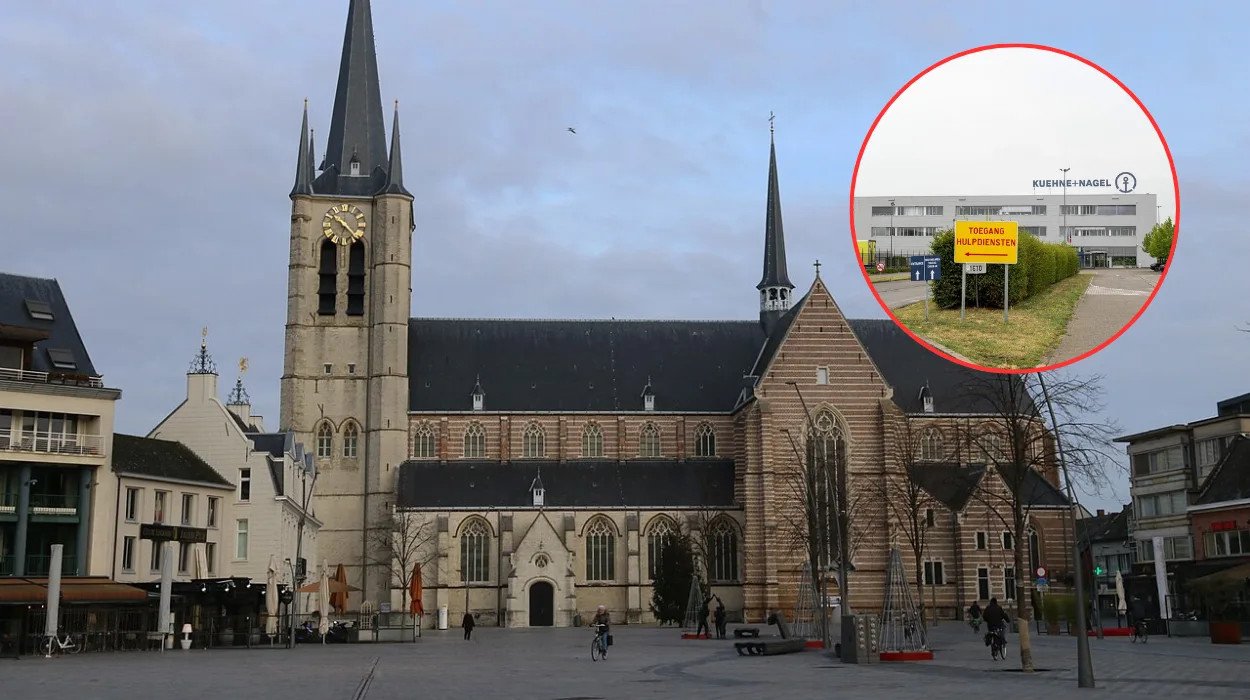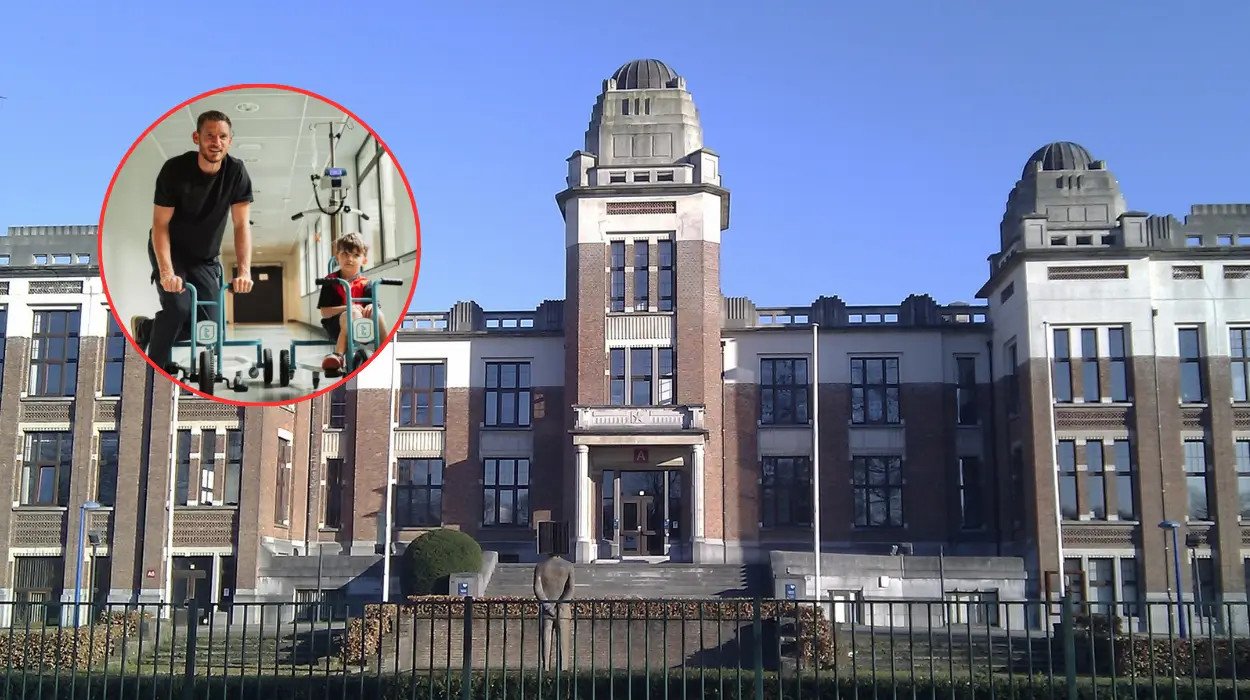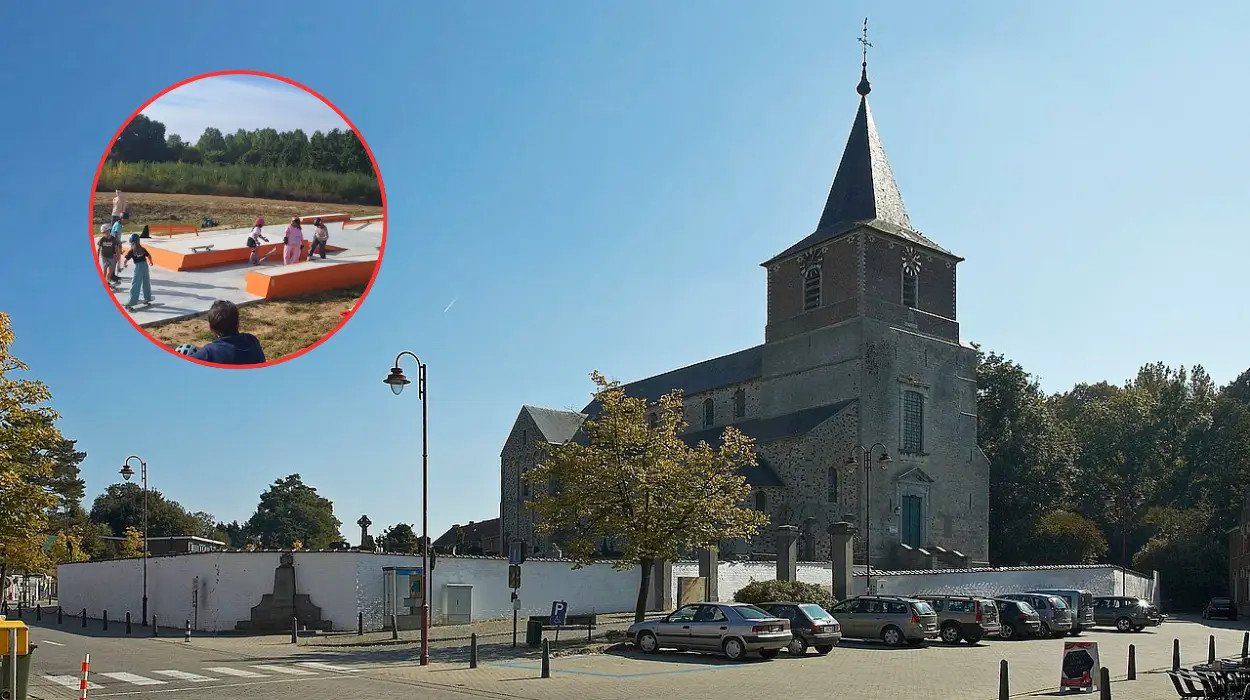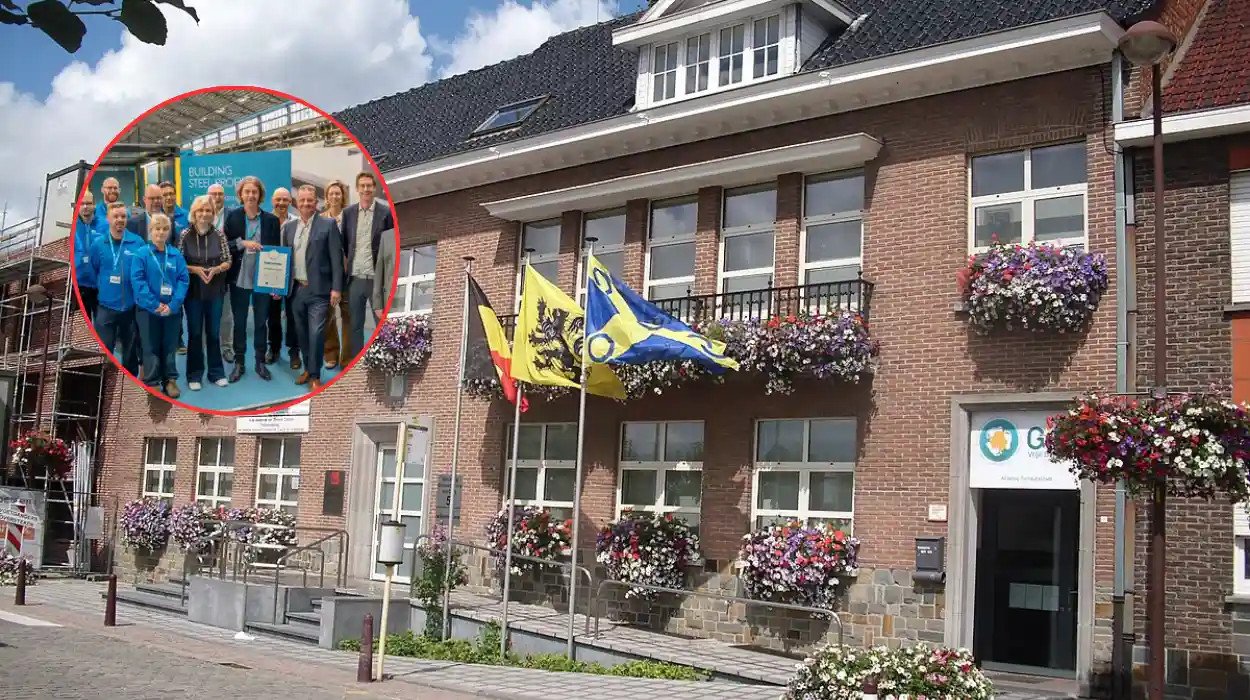Ghent’s Citadel Park has commenced a sustainable project aimed at recovering nearly all rainwater, including runoff from buildings, to enhance water utilization and urban resilience, reports 24brussels.
After a lengthy planning process, the city has officially approved the initiative. A total of over 7 hectares will be transformed to incorporate wadis—a system of cisterns and boreholes linked to local groundwater.
The city has been preparing for the renovation of Citadel Park for several years, with the goal of creating a more desirable environment for residents and visitors alike.
In addition to improving amenities, the city seeks to minimize rainwater runoff into the sewer system. The comprehensive plan has received final approval.
Ghent plans to invest more than €300,000 into the project, with the Flemish Environment Agency set to reimburse €230,000 of the costs.
“It’s true that we’re ambitious and want to retain almost all of the rainwater. The site covers about 14 football fields. We’re working with wadis (shallow pools and ditches, ed.). The large pond in the park will serve as a buffer zone. This way, the park can retain the water and allow it to slowly seep in during wetter periods,”
says Alderman Bram Van Braeckevelt (Green).
The park is envisioned as a “sponge,” capable of storing water for later use during extended dry spells.
“We’re creating a network of rainwater cisterns,”
Van Braeckevelt adds.
“The water can be used to replenish ponds.”
The initiative also aims to enhance the Parks Department’s capacity for rainwater harvesting, adding 275 cubic meters to support plant irrigation during drier periods.
“The biggest innovation is something else entirely. It involves directly replenishing groundwater. We’re planning deep boreholes that will reach groundwater layers. This is the first time we’ll be directly replenishing that layer. Citadel Park is also a test case in this regard. If it’s successful, we can consider rolling out the approach elsewhere,”
states the alderman.
The Flemish Environment Agency contributed to the revision of the initial plans, which had been developed by a previous municipal council. The final agreements are now in place, with slightly adjusted budgets, and the project is anticipated to conclude by 2029.
What systems convert roof runoff into groundwater recharge?
Roof catchment areas are designed to collect rainwater runoff from building roofs via gutters and downpipes. Initially, the harvested rainwater is filtered to eliminate debris and silt using mesh filters or sedimentation pits.
Excavated pits containing filtering media, such as gravel and sand, facilitate the percolation of rainwater into the ground. Long trenches filled with permeable material, generally connected to rooftop drainage, also support infiltration.
Vertical shafts or boreholes allow the transfer of filtered water from the existing system directly to groundwater aquifers after passing through filtration pits, while earth-based pits temporarily store water and facilitate infiltration into soil layers.








